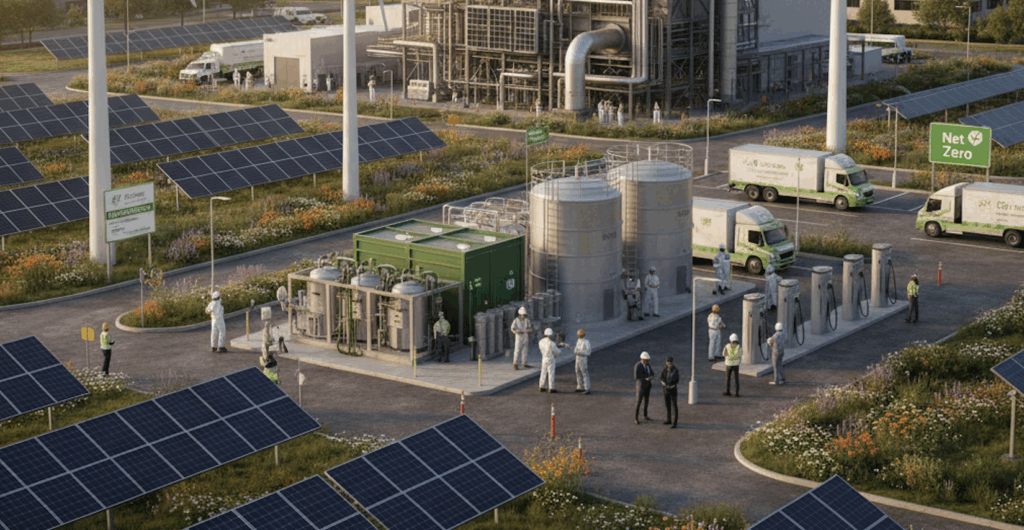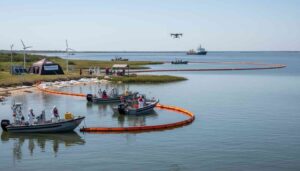The global energy landscape is undergoing a profound transformation driven by decarbonization targets, climate commitments, and the transition toward low-carbon energy. For decades, petroleum trade flows were determined primarily by crude oil availability, refinery capacity, and demand centers. Today, global decarbonization goals are introducing new dynamics, reshaping trade routes, altering crude grades in demand, and influencing long-term investment decisions.
The Impact of Decarbonization on Petroleum Demand
International agreements such as the Paris Accord, coupled with national net-zero pledges, are accelerating the shift from high-carbon fuels to cleaner alternatives. Key implications for the petroleum trade include:
- Reduced demand for heavy, high-sulfur crudes: Refineries increasingly favor lighter, low-sulfur “sweet” crudes compatible with low-emission fuels.
- Declining demand in advanced economies: Europe, North America, and parts of Asia are implementing policies to electrify transport and reduce reliance on fossil fuels.
- Growing demand in emerging markets: Some developing regions still depend on petroleum for industrial growth, creating new regional trade patterns.
Changes in Trade Routes and Flows
Decarbonization initiatives are influencing how crude oil and petroleum products move around the world:
- Shift Toward Low-Carbon Supply Chains
Companies are prioritizing crudes with lower life-cycle emissions and investing in logistics that reduce transport-related CO₂ emissions. This can favor shorter trade routes or regions with modern infrastructure for cleaner production and shipping. - Diversification of Supply Sources
Refiners are increasingly sourcing crudes from multiple regions to maintain flexibility as decarbonization policies and fuel specifications evolve. For instance, European refiners may shift imports from heavier Middle Eastern grades to West African or North Sea sweet crudes. - Impact on Maritime Trade
The International Maritime Organization’s (IMO) 2020 sulfur cap and future CO₂ reduction targets are pushing shipping operators to use cleaner fuels or LNG, indirectly influencing the choice of crude and product trade flows to ports capable of supporting low-carbon bunkering. - Regional Refining Adjustments
Refineries in countries with aggressive decarbonization policies are upgrading units to process low-sulfur and alternative fuels. This affects global petroleum trade by altering the grades of crude in demand and the mix of refined products exported and imported.
Strategic Responses by Traders and Refiners
To navigate these changes, petroleum traders and refiners are adapting in several ways:
- Portfolio diversification: Expanding into low-carbon products such as biofuels, synthetic fuels, and hydrogen.
- Investing in emissions reduction technologies: Upgrading refineries to produce cleaner fuels and improve energy efficiency.
- Optimizing logistics: Adjusting shipping and storage to minimize carbon intensity in supply chains.
- Engaging in carbon markets: Purchasing carbon credits or investing in offset projects to align trade operations with sustainability commitments.
Opportunities Amid Decarbonization
While decarbonization presents challenges, it also creates new opportunities for traders:
- Premium for low-carbon fuels: Refined products with lower life-cycle emissions command a higher market value.
- Emerging markets for alternative fuels: Growing demand for LNG, biofuels, and hydrogen enables diversification beyond traditional crude trading.
- Innovation in supply chain efficiency: Digital tools, AI, and blockchain can optimize carbon-efficient routing and inventory management.
Global decarbonization goals are not just environmental targets; they are reshaping the entire petroleum trade ecosystem. Changes in crude demand, refining specifications, shipping requirements, and regulatory frameworks are influencing trade flows, creating both risks and opportunities for market participants. Companies that proactively adapt to these trends through diversification, low-carbon logistics, and innovative trading strategies will remain competitive in an energy landscape increasingly defined by sustainability, efficiency, and climate-conscious decision-making.
Read more on Sparkview Energy:
Green Hydrogen: A Game Changer for Decarbonizing the Oil and Gas Industry
Carbon Capture and Storage: Transforming Emissions into Opportunity
Green Equipment: Reducing the Carbon Footprint of Petroleum Operations







